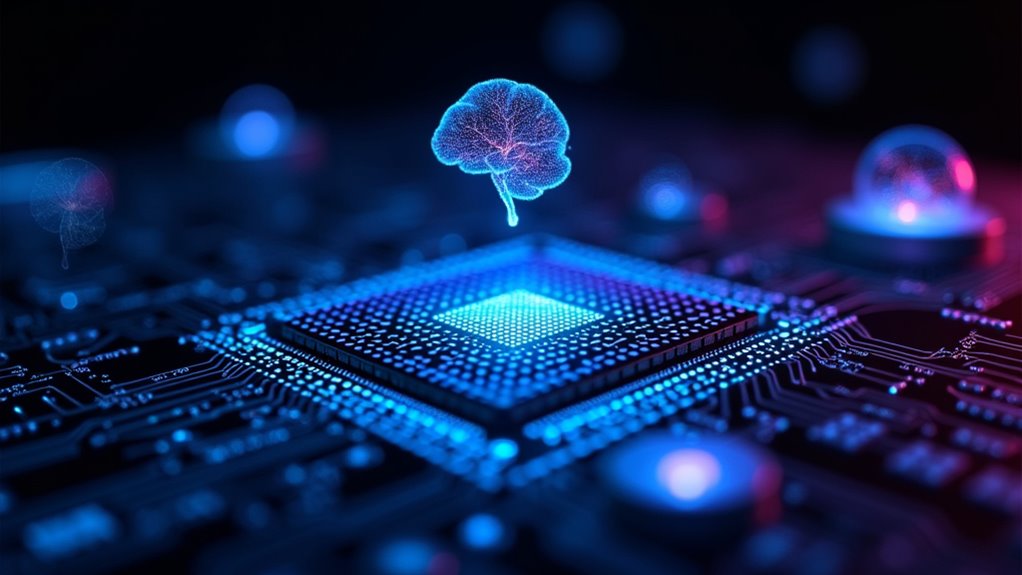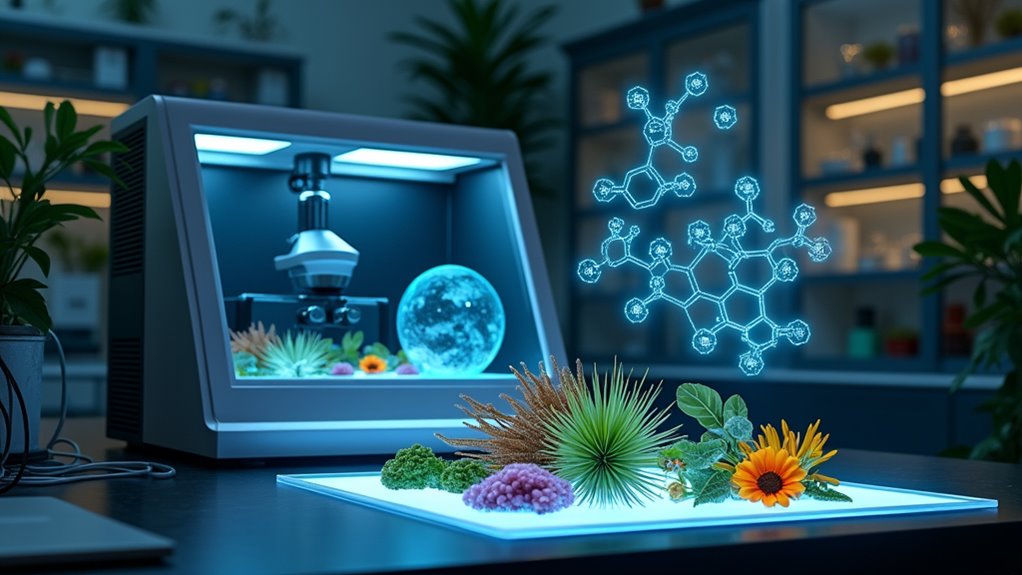Sundar Pichai is all in—think Tony Stark but with boardrooms—in fusing AI and quantum computing at Google, aiming for a future where error-corrected qubits, machine learning-designed drugs, and energy breakthroughs are daily news, not TED Talk material. Google’s Willow chip and alliances with pharma giants mean this isn’t wishful thinking. The big question: five years or twenty? Depends if you ask tech CEOs or fortune tellers. Want specifics (and a reality check)? You’re in the right place.
Forget the slow crawl—Google’s AI and quantum computing teams are sprinting toward the future like it’s a Marvel multiverse race, and apparently, the finish line might be closer than anyone thought.
While some tech titans (looking at you, Nvidia’s Jensen Huang) think practical quantum computing is two decades off, Google Quantum AI’s Hartmut Neven is betting on a five-year timeline. Bill Gates? He’s hedging with a cautious three to five years. No pressure.
Since 2012, Google’s been quietly cooking up quantum miracles, and now, breakthroughs like the Willow chip are making headlines in *Nature*. The Willow chip isn’t just another shiny processor—it flexes advanced error correction, which is about as essential to quantum computing as seatbelts are to race cars. Google has also released a free quantum error correction course on Coursera, making cutting-edge knowledge accessible to everyone from undergrads to seasoned engineers.
Reliable, scalable quantum processors? That’s the goal, and every hardware leap drags software, applications, and the rest of the tech universe along for the ride. In fact, Google’s collaboration with Boehringer Ingelheim has shown that quantum computers can deliver higher accuracy in simulating Cytochrome P450, a molecule crucial for drug metabolism.
Why does it matter? Well, quantum computing isn’t just about bragging rights at the next Silicon Valley mixer. It could crack open new possibilities in:
- Materials science: Think custom-designed molecules and lighter, stronger materials.
- Medicine: Faster drug discovery, mind-bending molecular modeling, and maybe even a cure for the common cold (or at least a better allergy pill).
- Energy: Quantum-powered batteries and breakthroughs in alternative energies.
- Climate modeling: Because simulating the planet’s future shouldn’t require sacrificing a small forest of servers.
Google’s not just tossing chips into the quantum pot—they’re baking in software advances, too. Their Quantum AI platform lets researchers push past classical computing’s limits, with new simulation approaches already published in top journals.
Hardware and software, hand-in-hand—like Batman and Robin, if Robin could actually fly.
Behind the scenes, Google’s strategy is part Avengers, part corporate chess: merging AI teams, unifying ML infrastructure, and consolidating search efforts. The result? Faster decisions, smarter resource allocation, and (hopefully) fewer meetings that could’ve been emails.
Is the quantum future five years away or twenty? The debate rages on. But Google’s making sure it’s in the front row, popcorn in hand, ready to rewrite the rules.
With the transition from PaLM 2 to Gemini models, Google continues strengthening its multi-step reasoning capabilities that will be essential for quantum computing applications.





